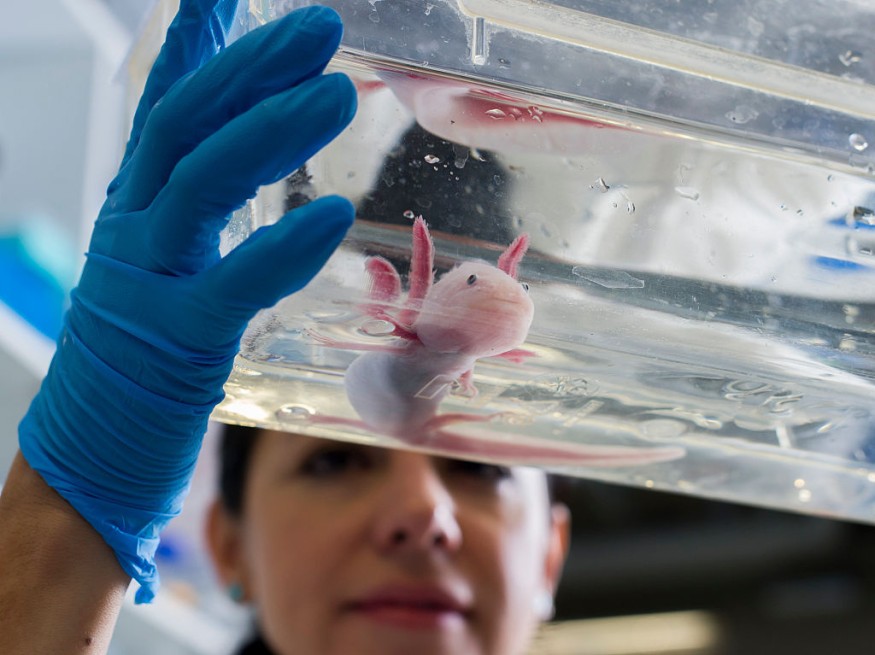
A fundraising campaign for axolotls, an iconic and endangered fish-like form of salamander, has been launched in Mexico to save the species.
Adoptaxolotl Campaign
The "Adoptaxolotl" campaign asks for as little as 600 pesos (about $35) to electronically adopt one of the small "water monsters," with live updates on your axolotl's health.
Donors can feed one of the creatures a simulated meal for less.
The money raised from the fundraiser will go toward conservation efforts to help the population thrive in the wild.
A similar campaign was launched last year and raised nearly $30,000-enough to keep about 40 animals.
However, in order for axolotls to return to a healthy population, they will need ten times that amount, according to experts.
Over two decades ago, there were around 6,000 of these small salamanders per square kilometer in Mexico City's Lake Xochimilco.
According to Luis Zambrano, who was part of the axolotl census, there were only about 36 axolotls per square kilometer in the 2014 survey.
"It's gotten worse. They're not completely extinct, but it's worse," said Zambrano, who is also an ecologist at the National Autonomous University of Mexico.
He also hopes to conduct a new census on the species, stressing that it is difficult to tell how long the creatures have left and where to focus the resources available without data on the number and distribution of distinct axolotl species in Mexico.
Threats To The Population
Axolotls have become a cultural icon in Mexico due to their distinct, if slimy, look and miraculous ability to regrow limbs.
Scientists throughout the world believe this restorative potential holds the key to tissue repair and even cancer recovery.
Historically, official conservation efforts have mostly concentrated on the most popular species: the Mexican axolotl, which may be found at Xochimilco. Other species, however, can be found all around the country, from little streams in Mexico's valley to the northern Sonora desert.
Humans pose the greatest threat to axolotls. The rising population of Mexico City has drained Lake Xochimilco, which is home to the majority of the world's axolotls.
The wetland's water quality has also suffered as a result of urbanization, which makes axolotls sick.
Alejandro Calzada, an ecologist, said that his team is increasingly finding axolotls dead from chrytid fungus, a skin-eating disease that is causing massive amphibian die-offs from Europe to Australia.
Despite the efforts to save Mexico's iconic species, there are not enough resources for in-depth research.
"We lack big monitoring of all the streams in Mexico City," let alone the whole country, said Calzada, who leads a team of nine researchers. "For this large area it is not enough."
While academics rely on donations and Calzada's team relies on a volunteer corps, the Mexican government recently approved an 11% drop in financing for its environment department.
According to an estimate of Mexico's 2024 budget, President Andrés Manuel López Obrador's administration would have contributed 35% less money to the country's environment department than its predecessor over its six-year term.
Related Article : Axolotls Life Span: Are These Giant Salamanders That Can Regenerate Body Parts Going Extinct?
© 2025 NatureWorldNews.com All rights reserved. Do not reproduce without permission.





